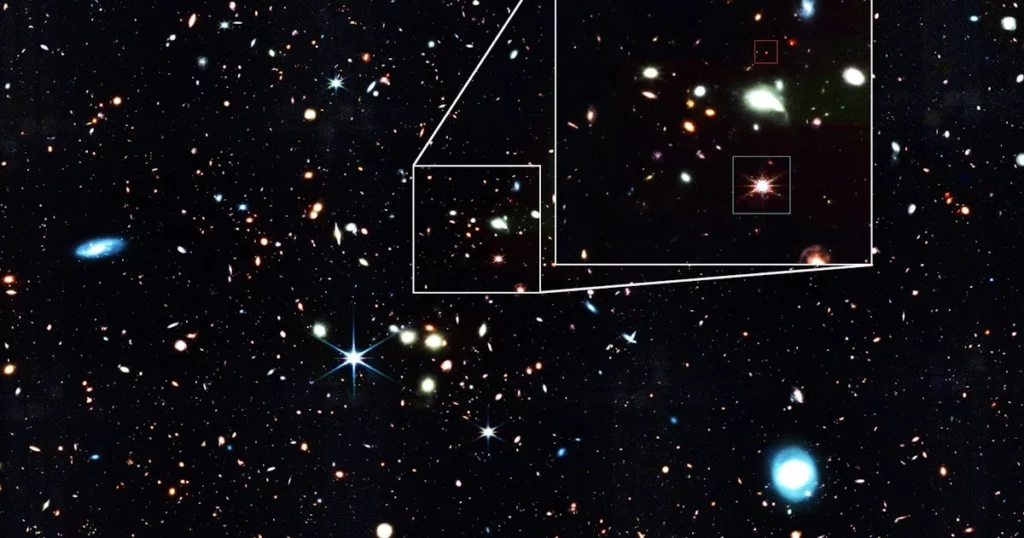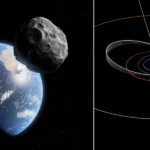Revelations of Baby Quasars: A Leap in Understanding Cosmic Giants
The James Webb Space Telescope (JWST) has made groundbreaking observations, identifying what were once thought to be normal galaxies through the Hubble Space Telescope as baby quasars, or nascent supermassive black holes. These discoveries are illuminating the early stages of some of the universe’s most luminous objects, challenging our understanding of their rapid growth in the cosmos’ infancy. The presence of baby quasars suggests a potential solution to the longstanding puzzle of how certain supermassive black holes appeared to grow too quickly in the early universe.
A New Perspective on Supermassive Black Hole Formation
By isolating these faint red dots in the distant universe, researchers are beginning to piece together the evolutionary pathway from baby quasars to the massive and bright quasars known as some of the brightest objects in the universe. This distinction between the young, dust-red quasars and their older, blue counterparts offers a unique insight into the lifecycle of quasars and the mechanisms behind their rapid growth.
Implications for Cosmic Evolution Theories
The identification of baby quasars by JWST not only challenges existing theories about the formation and growth of supermassive black holes but also provides a crucial piece of the puzzle in understanding the early universe. These findings open new avenues for research into the conditions that allowed for the emergence of these cosmic behemoths, potentially rewriting the narrative of cosmic evolution and quasar formation.






